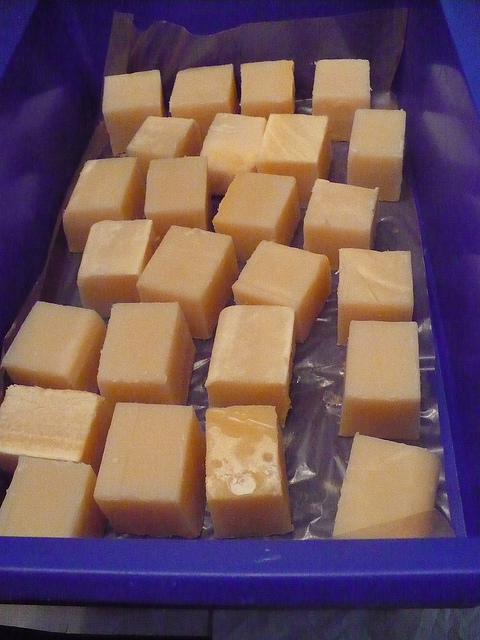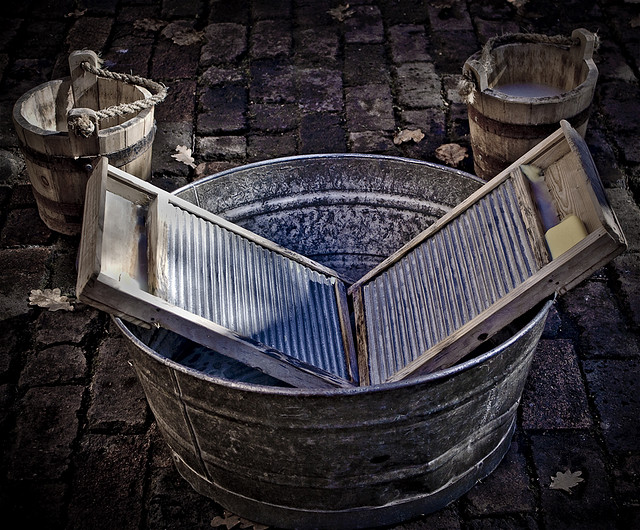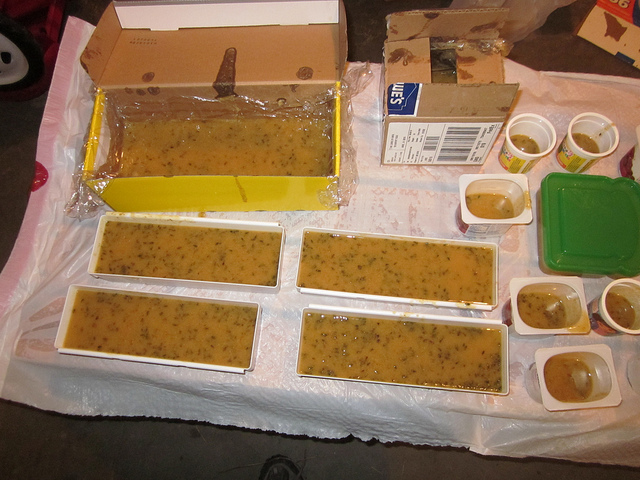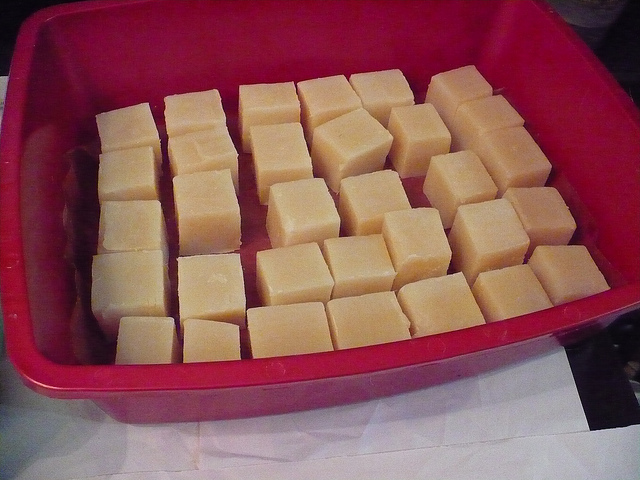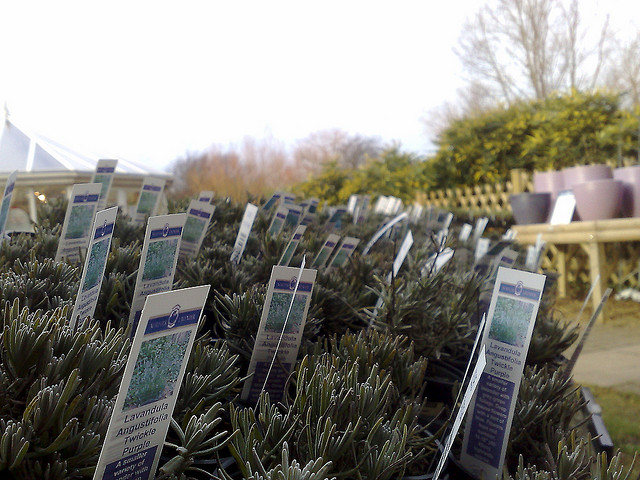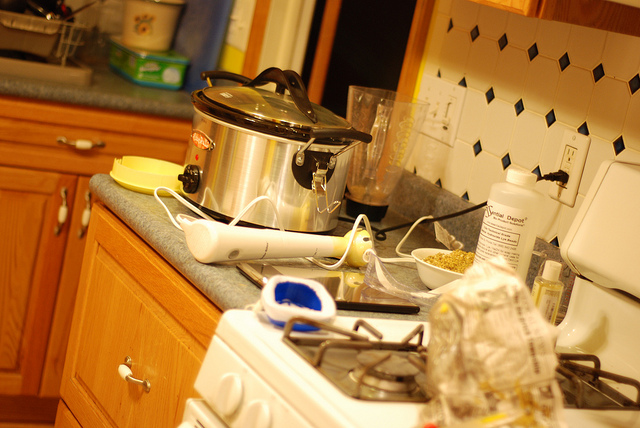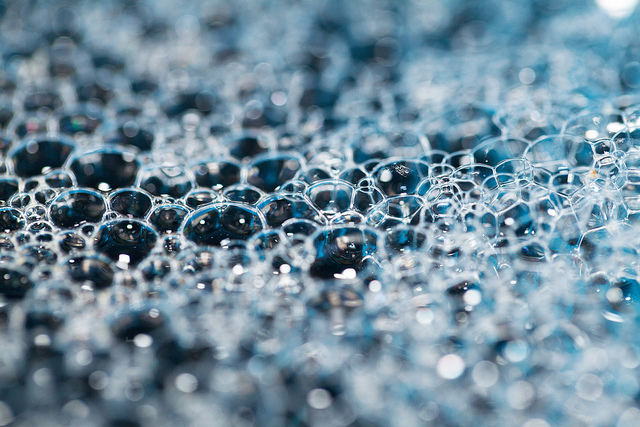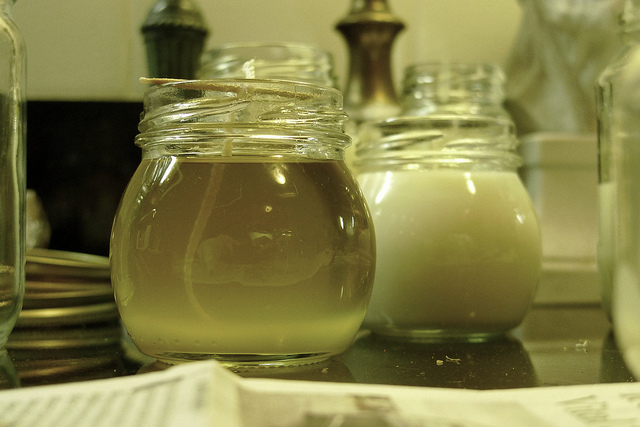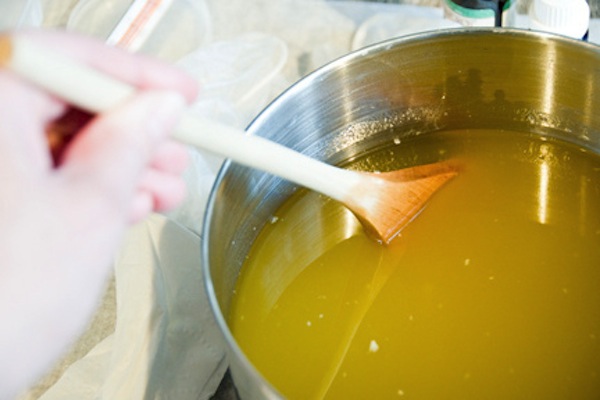Lye is one of the fundamental ingredients of soap making, so it’s important to understand how to use it properly (photo courtesy of flick user maoquai).
If you enjoy this article and want to learn more about making soap at home, get instant access to our free soap making guide which covers all the basic elements of soap making, or get 10 years of soap making experience in our comprehensive Soap Making Bible with exclusive web bonuses for less than the cost of your first batch of soap.
Lye is one of the three key ingredients in the soap making process.
Lye is a caustic alkaline chemical that dissolves substances like fat, and has a high degree of reactivity with other materials.
It is also known as Sodium Hydroxide.
If you know about soap or have been learning about making soap, you might know that almost all handmade soaps are made of Sodium hydroxide except for a few liquid soaps that are made of Potassium hydroxide. Potassium hydroxide, unknown to many, is also a type of lye used to make liquid soap.
It is important to note though that potassium hydroxide and sodium hydroxide are not interchangeable in soap recipes. So to put it simply, basically all soaps are made from lye.
Lye is a very important ingredient in making soap as the hydroxide in lye binds with the fats to form soap. Lye is extremely caustic and can burn the skin.
When lye is mixed with water and oils, in a chemical process called saponification, the lye turns the fats and oils into soap.
Lye used to be made by soaking wood ashes in water, but now it is readily available at most hardware and grocery stores.
There are certain precautions which must be taken when working with lye for soap making; it is a corrosive chemical, which can cause severe damage to skin, eyes, and the respiratory system. Continue reading “Soap Making With Lye, And A Free Soap Recipe”
